genetherapy
Latest
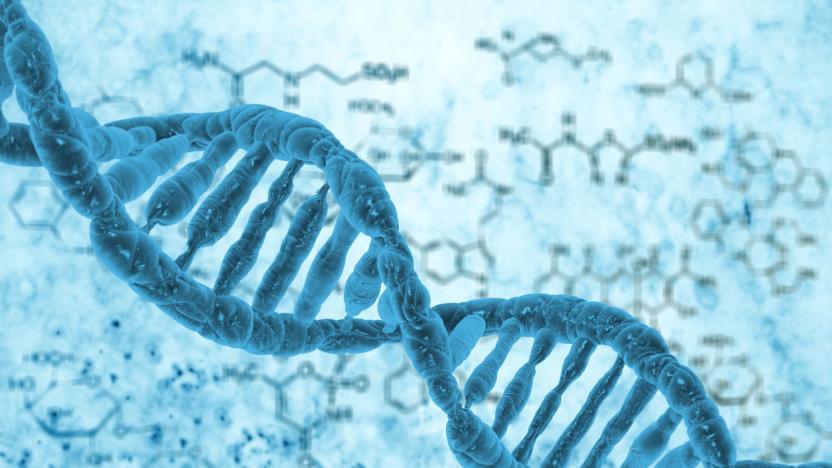
Scientists reprogram T Cells to target autoimmune diseases
Researchers from the University of California, San Francisco have uncovered a gene-editing technique which could provide safer treatments for patients with cancer and autoimmune diseases. The breakthrough -- which involves the CRISPR/Cas9 system -- will allow T cells (the cells which fire up our immune response) to recognize infections with greater specificity, and eliminate the need to use viruses for transferring DNA to target cells.

First human CRISPR study in the US could begin soon
In mid-2016, A federal panel had greenlit the University of Pennsylvania to pursue the first trials using CRISPR gene-editing in the US. It seems the institution has quietly gotten the ball rolling and could theoretically start the study at any time: A posting was found on a directory of trials describing a yet-to-be-scheduled UPenn survey using CRISPR techniques to treat cancer patients.

Gene therapy treatment for hereditary eye disease will cost $850,000
Last month, the FDA approved a gene therapy called Luxturna, which can treat a rare eye disease that causes blindness. Now the treatment has a price tag, CNBC reports. It will cost $425,000 per eye, and while $850,000 is steep, it's lower than the $1 million at which many expected the treatment to be priced.

FDA OKs first gene therapy for hereditary disease
The FDA has approved a new gene therapy that proves the technique can also be used to treat a variety of diseases other than cancer. According to the agency's announcement, the therapy called Luxturna can treat biallelic RPE65 mutation-associated retinal dystrophy, a rare eye disease that leads to blindness, in both adults and children. This is the first time the agency approved a gene therapy designed to treat a hereditary illness and the first to target a disease caused by mutations in a specific gene -- it's a major milestone in the field and a huge victory for its proponents.
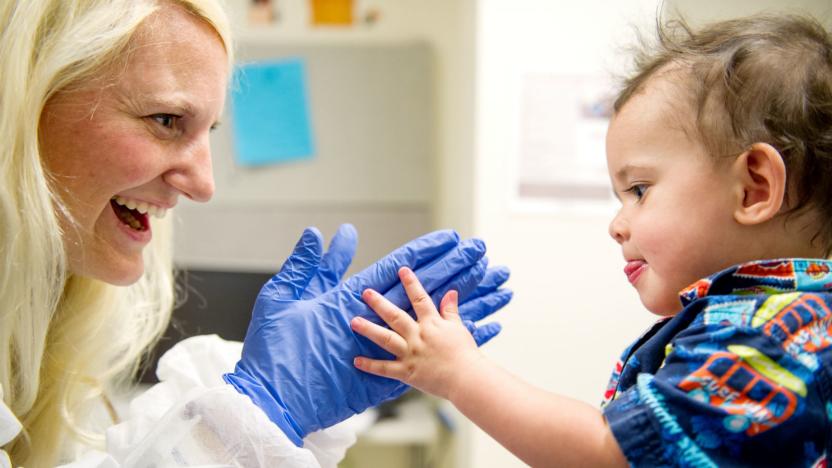
Gene therapy gives 'bubble babies' immune systems
Initial results from a new gene therapy technique suggest it could open the doors to a cure for "bubble baby" disease. Lacking the ability to ward off even the most common infections, infants born with the genetic disorder -- known as severe combined immunodeficiency (SCID) -- usually die before their second birthday. And, those untreated must be kept in isolation from the outside world, hence the term "bubble baby." Even with the best available treatment (a stem cell transplant), around 30 percent of children end up dying by the age of 10.
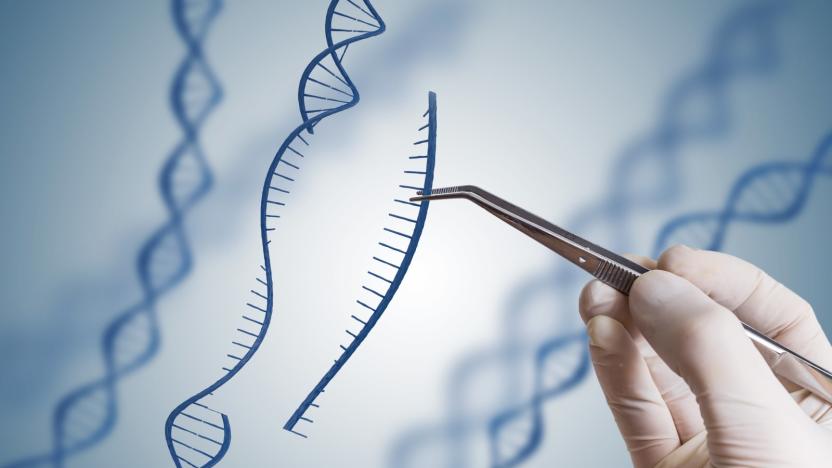
New gene therapy technique saves boy's life by growing new skin
A young boy with a rare genetic skin disorder is alive and well two years after an experimental gene therapy technique was used to grow and replace nine square feet of his skin. The paper, just published in the journal Nature, describes how doctors in Europe used gene therapy in conjunction with a technique to grow skin grafts for burn victims.
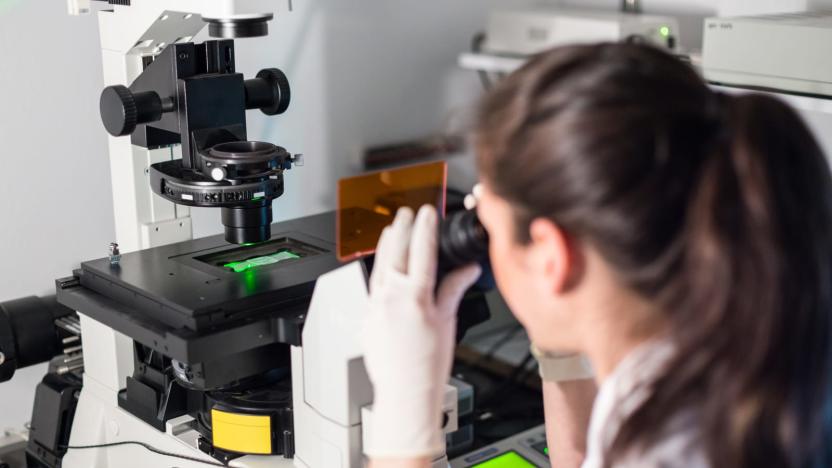
Gene therapy for advanced lymphoma gets FDA approval
People with advanced lymphoma now have another type of treatment to consider. The Food and Drug Administration has approved Yescarta, a cell-based gene therapy designed to treat large B-cell lymphoma originally developed by the National Cancer Institute*. It's the second time the FDA has approved a gene therapy for use in the US following a procedure meant to treat leukemia earlier this year.

First FDA-approved genetic therapy fights leukemia
The first gene therapy treatment has been approved for use in the United States. The FDA greenlit a procedure that uses a patient's own cells to combat a particular type of leukemia, but will only permit it for children and young adults up to age 25.

First gene therapy drug proves a flop in the market
When UniQure launched the first commercial gene therapy drug, Glybera, it promised a minor revolution in medicine. By using custom viruses to deliver genes, it could reportedly cure a rare disease (lipoprotein lipase deficiency) with just one round of treatment. However, it just didn't live up to the early hype. UniQure has announced that it's withdrawing Glybera from the European market when its approval ends on October 25th. The company doesn't beat around the bush with an explanation: the drug's use has been "extremely limited" since going on the market in 2012, and it doesn't expect an uptick in the years ahead. If you know how the drug was sold, though, this inglamorous exit was more of an inevitability than a surprise.
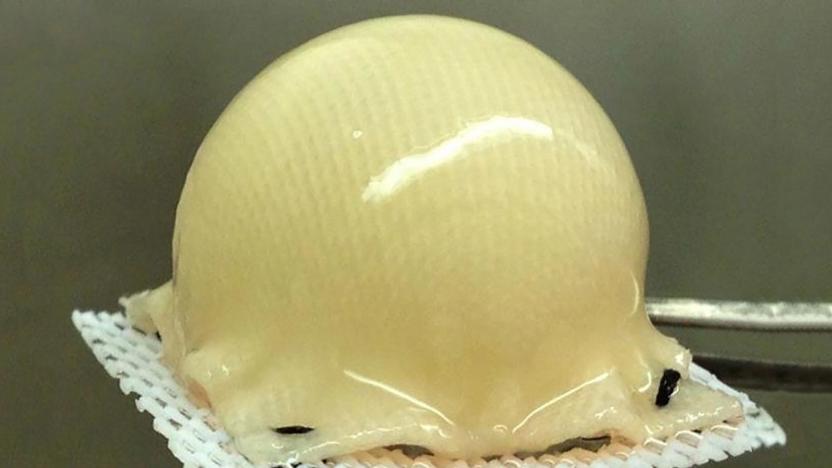
Stem cell-based cartilage could fix your broken hip
Doctors want to 3D print transplantable organs from your own stem cells, but now they might be able to replace a bum hip, too. A team of scientists in St. Louis and Durham used stem cells to grow cartilage on a 3D "scaffold" that can be molded into the exact shape of a patient's hip joint. It could then be implanted onto the surface of the bone, replacing the regular cartilage that acts as a "lubricant" for the ball and socket-style joint. Since it would be made from your own stem cells, there's no chance of rejection.

Blind woman may see thanks to gene therapy and light
Optogenetics, or mixing gene therapy with light treatments, is finally getting a proper field test: doctors have given a blind Texas woman the first optogenetics-based therapy in hopes of restoring some of the vision lost to a degenerative retina disease. The procedure injected her eye with viruses containing DNA from light-sensitive algae, letting them mimic the eye's rods and cones by generating electricity whenever they're subjected to light. The patient won't get full vision even if the therapy is a runaway success, but it could be enough to let her know when there's nearby activity.
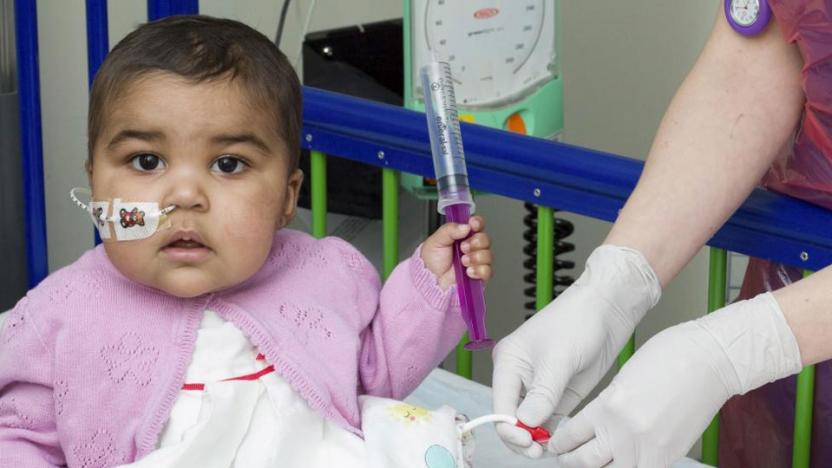
Doctors treat drug-resistant leukemia with 'gene editing'
Doctors at Britain's Great Ormond Street Hospital believe that they're on the cusp of a breakthrough in how to treat genetic diseases. Researchers have successfully -- so far -- implemented a method of editing genes that can seek out and eliminate conditions without the use of drugs. It's very early days as yet, but the procedure has already been used to save the life of a one-year-old with a terminal case of drug-resistant leukemia.

ICYMI: Pig organ donors, 3D-printed car fashion and more
#fivemin-widget-blogsmith-image-994956{display:none;} .cke_show_borders #fivemin-widget-blogsmith-image-994956, #postcontentcontainer #fivemin-widget-blogsmith-image-994956{width:570px;display:block;} try{document.getElementById("fivemin-widget-blogsmith-image-994956").style.display="none";}catch(e){}Today on In Case You Missed It: Gene researchers published a paper detailing how they removed DNA sequences from pig cells that are normally harmful to humans, which could eventually lead to pig organs successfully being used in humans. No word on how the pigs feel about that. A clothing line made to synchronize with Audi at a car show put vehicle sensors within the clothing, reacting when people got near. And MIT's Media Lab continues its work with a kinetic energy machine that can react to people waving a hand over it. It's half art, half mesmerizing.

Researchers discover a 'partial workaround' for blindness
When your eyes' photoreceptors (the so-called rods and cones) fail due to either illness or injury, so too does your vision. And until very recently, few options to correct the condition existed -- typically in the form of a bulky and intrusive wearable. But now, a long-researched gene therapy is finally ready for human trials and could pave the way for at least partial restoration of a patient's sense of sight.

Future pacemakers might be completely biological
It's pretty amazing that humanity has invented a small electrical device that can be used to ensure a heart keeps a steady beat, but pacemakers have to be maintained, replaced -- sometimes they can even become infected. Researchers say they're working on a less invasive solution: a "biological pacemaker." It's a form of gene therapy that implants the heart with a gene-carrying virus that creates a "sino-atrail node," a collection of neurons that acts as a natural metronome for the body's most important muscle.

Amped-up ear implant helps to re-grow auditory nerves
Cochlear implants already help those with auditory damage to hear better, but what if they could also grow new nerves while they're there? Scientists at the UNSW have discovered a way to do just that, at least in hamsters. After they introduced a gene therapy solution, a modified cochlear implant used electrical pulses to deliver the treatment directly to auditory nerve cells. That successfully re-generated so-called neurotrophins in the animals, which in turn aided nerve development and significantly improved the implant's effect. Such therapy could one day help the hearing-impaired to pick up sounds better, especially the subtle tones in music. There's a long ways to go prior to human trials, however, since it was only effective in the hamsters for a short time. But it could one day be included as part of cochlear implant therapy and even help other nerve-related conditions, like Parkinson's disease or depression. [Image credit: UNSW Translational Neuroscience Facility]











